
Upgrading your PC is a good way to give it some extra juice without having to spend money on a whole new build. Unfortunately, that’s not always a universal truth.
Certain components can become real money wasters, and you’ll never know it unless you dig deeper into what’s worth it and what’s not. The five upgrades I talk about below are notorious for sounding great on paper, but ultimately, they cost a lot of money that you’re better off spending on something else — and I’m here to tell you why.
Overclocked graphics cards
News flash: Graphics cards, on the whole, are pretty expensive. However, upgrading to a new GPU can be the most impactful upgrade you can make in a PC, provided there are no other, more pressing bottlenecks. But before you go ahead and splurge on the best graphics card your budget can stand, let me try to talk you out of picking out a model that comes with a factory overclock, made by Nvidia’s, AMD’s, and Intel’s add-in board partners (AIBs).
These graphics cards, marked as “OC” in their product names, are models prepared by GPU manufacturers that come overclocked right out of the box. This means slightly higher clock speeds, and oftentimes, enhanced cooling solutions. Non-OC models can also be overclocked or undervolted for better performance, but in those, you have to do all the work yourself, whereas OC versions of cards are good to go without jumping through any extra hoops.
While all of this sounds pretty good, it’s not as straightforward as it might seem. You’re not getting a GPU that’s drastically different from the non-OC version. Even if the clock speed is, say, 300MHz higher, and the cooling slightly improved, it’s not like the GPU will suddenly perform significantly better. It’s usually a subtle difference in the single digits.
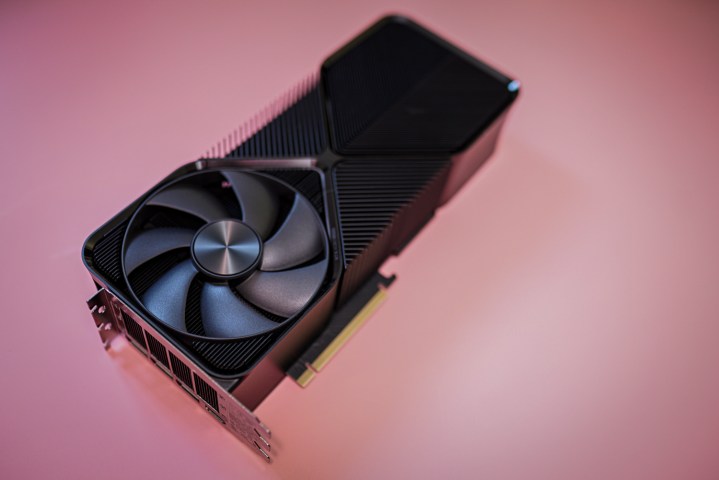
So, why are certain GPUs so expensive? Availability can affect the price tag, but a huge reason is simply that manufacturers price these GPUs higher than the base models. Buying an OC card means that you’ll be paying more from the get-go.
Every graphics card launches with a recommended list price (MSRP). For instance, the RTX 4080 Super arrived with an MSRP of $1,000, which was set by Nvidia itself. However, whether that MSRP holds up or not comes down to several factors, and the manufacturers of GPUs play a big part in it. Let’s stick to the example of the RTX 4080 Super. Although you’ll find models that sell at MSRP, there are also cards that cost $1,100, $1,150, and, in extreme cases, $1,300.
In other words, you might be paying up to $300 more for a graphics card that’s, at most, 3% faster. You’ll never notice the difference in games, and unless you’re going for a high-end PC, it makes no sense to allocate your upgrading budget toward an OC GPU. Instead, put that money toward a better model of graphics card, or a different component altogether.
Careful with your storage
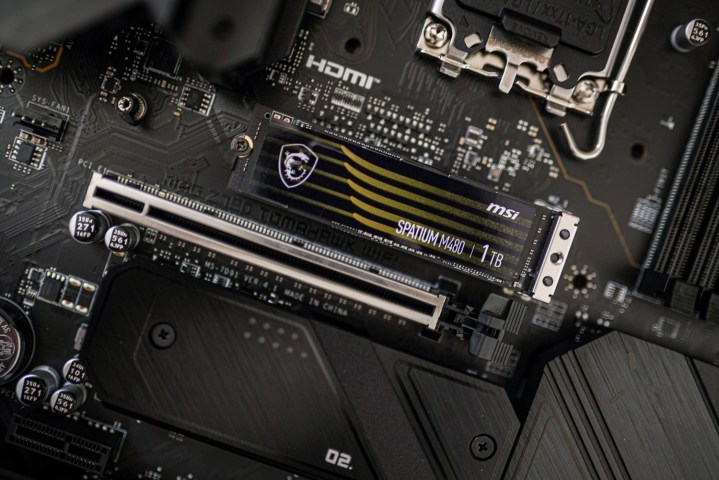
It’s never a bad idea to buy more storage, especially if you’re getting something faster. Upgrading to an SSD from an HDD is a no-brainer that can turn a slow, aging PC into a decent computer, and even if you already own one, buying a better SSD can push the envelope even further. Picking the right SSD means more space, but also faster read and write speeds, and that can affect boot times, loading screens, data transfer, video and photo editing, and much more. Even then, spending too much on storage is not a good idea — it can be a good investment, but only up until a certain point.
SSDs can cost more or less depending on three factors: The brand, the size, and the speed. Choosing a cost-effective model means not going too overboard on the last two factros. You might be tempted to buy the fastest SSD on the market, or you might want to go all-out and make sure that you never run out of storage by buying a massive SSD — one that can store 4TB, or even 8TB, of data. But if you’re trying to spread your budget wisely, your best bet is to avoid those huge SSDs and stick to a maximum of 2TB.
NVMe SSDs tend to have a sweet spot where you’re getting the best bang for your buck, and that spot is at 1TB to 2TB. Anything above that and you’ll be paying more per gigabyte than if you were to buy two separate 2TB SSDs. Let’s compare a fairly cheap 2TB SSD from Silicon Power to a 4TB equivalent from the same brand, with the same read and write speeds. The 2TB version costs $103, but the 4TB goes up to $230 at the same retailer. Subtle difference, but it gets worse when you factor in the brand and the speeds.
Your best bet is to avoid those huge SSDs.
Looking at a high-end SSD like the Samsung 990 Pro reveals just how much you might overspend on your SSD upgrade. This premium SSD offers higher speeds than the Silicon Power model — from 5,000MB/s to up to 7,450MB/s — and is often regarded as more durable and reliable. However, the difference in price is staggering. You’d have to pay $119 for the 1TB version, $189 for the 2TB version, and a whopping $320 for the 4TB version. In this case, the 4TB variant is more worth the money, which is pretty rare — but that doesn’t make it cheap.
Of course, a much faster SSD is great to have, but it’s often not needed. There’s a massive performance uplift when swapping from an HDD to an SSD, but further upgrades never feel quite as impactful. Unless you’re a video editor who needs a PC capable of processing massive amounts of data as fast as possible, you’ll be just fine with a cheaper SSD.
There’s also the question of whether you really need this much storage in the first place. If you’re just looking for a place to store files as opposed to games, it’s often cheaper to buy an external HDD for pure storage purposes.
Too many fans
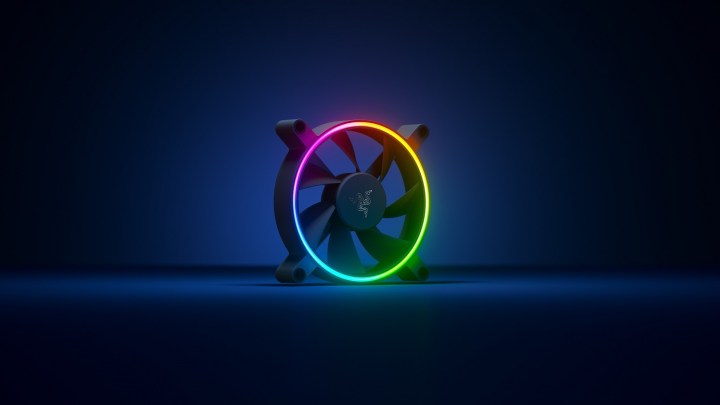
The importance of proper cooling in a PC cannot be overstated, so this might seem counter-intuitive, but yes — fans can be one of the biggest money wasters if you’re looking to upgrade your PC.
I stand by the above statement, but don’t get me wrong — fans are important, now more than ever. These days, high-end processors generate a lot of heat, and thus require insane amounts of cooling. In many cases, a liquid cooling setup is worth exploring when using one of those hot processors; regardless of whether you have one or not, your case will still have at least a couple of fans. It’s only logical that if you still feel your PC is running a little hot, you might be tempted to just load it up to the max with extra fans.
This can work, but it can also backfire.
There are a few reasons why adding more and more fans isn’t cost-effective. For one, there are diminishing returns in terms of airflow. The first few fans in your case, especially if chosen well, will have a significant impact on airflow, but the more you add, the less you’ll get out of them. Each additional fan contributes less to cooling, and the cost adds up without offering much of an improvement.
Loads of fans can work, but it can also backfire.
Strange as it might sound, you can also end up with too many fans, or too many mismatched fans. It’s all about creating a path of airflow within the case, choosing between exhaust and intake fans to optimize the way the air flows through all the nooks and crannies, pulling hot air out of the case. More fans can also lead to more dust being drawn into the case, meaning that cleaning your PC will become a frequent affair. Noise levels are affected by stacking fans, too — many are quiet, but the more you have, the more you’ll hear them.
It’s important to note that it’s hard to overdo it in a way that will actually harm your PC. Even if the airflow isn’t massively optimized, those extra fans shouldn’t cause you that much trouble — but they also won’t help, which is why there’s no point in buying them.
While it’s true that fans aren’t expensive by themselves, they can get pretty pricey if you go for enthusiast brands, such as Noctua. You’re usually better off investing in two to four fans of good quality than stacking up on fans to the point where you’re not getting any notable improvement out of them anymore.
(Hint: If you’re worried about cooling your PC, we have a guide on how to improve it.)
Sound cards
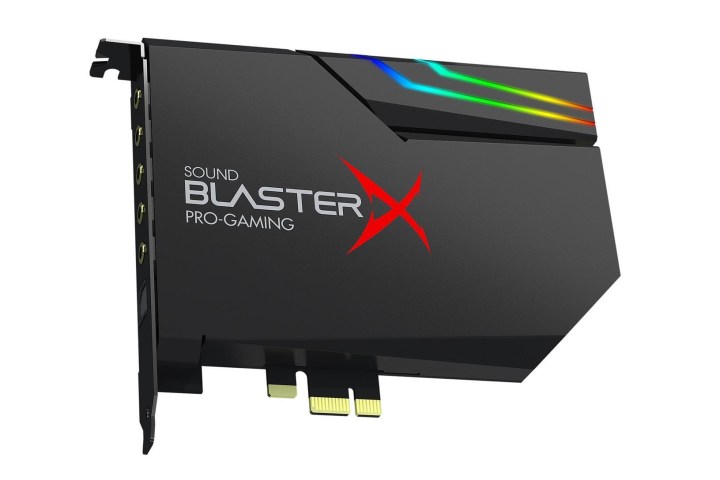
A sound card does pretty much exactly what it says on the box — it’s a dedicated component, added to your motherboard’s expansion slot, that handles processing sound and provides advanced audio capabilities. But, if you’ve never heard of sound cards outside of the context of a motherboard, I won’t blame you. There’s a reason why they almost never appear in consumer PC builds.
Whether you’re an audiophile or a gamer, a sound card might seem like a good solution if you’re not quite happy with the audio output of your PC. However, these components are more often contemplated than actually bought — especially for non-professional uses. The general rule of thumb is that if you’re wondering whether you need it or not, chances are that the answer is “no, you don’t.”
Fifteen years ago, when even the best motherboards weren’t able to produce high-quality sound, sound cards made a little more sense. If you indulged in online gaming, you probably recall how awful everyone sounded when using their microphones, complete with static, weird background noise, and eardrum-breaking disruptions. These days, motherboards come with high-quality onboard audio, pretty much removing the need for a dedicated sound card almost entirely.
Modern motherboards already have everything you might want for most uses, from HD audio to noise suppression, rendering dedicated sound cards almost obsolete. It doesn’t matter if your job has you attending Teams meetings for eight hours a day or you’re a competitive gamer who is always sitting on Discord — you’ll sound good enough. The audio you’ll hear is pretty much always going to be good enough, too, whether it’s music or games.
Dedicated sound cards find their uses in professional workloads — but if that’s you, then you probably already know whether you need one or not. Even then, some might argue that investing in a digital-to-analog converter (DAC) or an external USB audio interface might be a better investment.
If you’re not happy with your PC’s audio and your computer isn’t 15 years old, the more likely cause is something software-based, such as drivers, or headset quality. It’s better to save money, skip the sound card (which can cost anywhere between $40 and well over $300), and just buy a better pair of headphones.
High-end CPUs
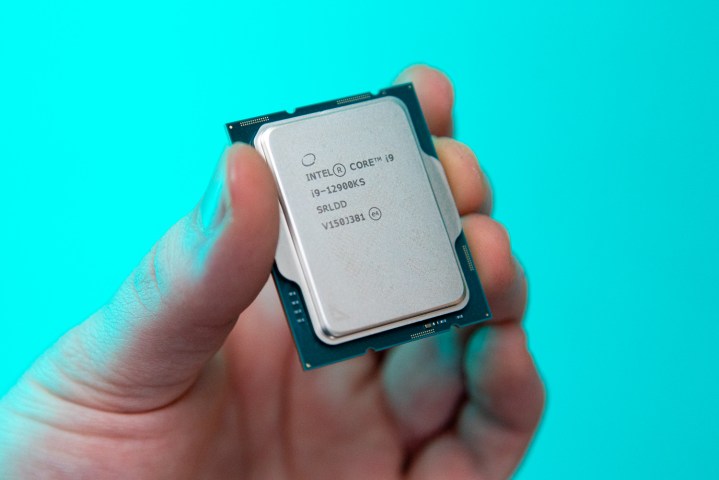
Last but not least, when upgrading your PC, it’s best to avoid high-end CPUs. And when I say “high-end,” I mean high high-end — think chips like the Core i9-14900KS. This still applies if you’re on an older platform and want to max it out and buy the best CPU available for that socket. More often than not, reaching for that top shelf is just not worth it, and this is one of the easiest ways to spend hundreds of dollars on something that won’t give you any tangible improvements.
There’s no doubt about it — enthusiast-grade processors are intensely powerful. It’s just that most of us don’t need the kind of juice they’re able to provide, and even if you do, you’re better off saving some money and taking the tiny, tiny performance cut between the top processor and the one that comes right after it.
I’ll circle back to the Core i9-14900KS and use it as an example. It has nearly the same specifications as the Core i9-14900K, except that its 6.2GHz clock speed adds an extra 200MHz to the already ludicrous speed of the base model. Tom’s Hardware found that at 1440p, it’s only about 2.5% faster than the Core i9-14900K, but you’d think it was miles ahead judging based on the price — the Core i9-14900K costs $540, but the Core i9-14900KS currently sells for $670. The same applies to the previous-gen Core i9-13900K: The base model sits at $480 while the 13900KS is currently priced at $610.
On older motherboards (or if you’re using AMD), you won’t have the option to upgrade to an Intel Core KS-series CPU, but you’ll still be faced with the choice between the best processor of that generation and the next best thing. More often than not, it’s more cost-effective to aim a little lower; the higher you go, the less you’re getting for each dollar you spend. This is why the Core i5-13600K is the best-value Intel CPU to buy right now: It’s not the most powerful, but it’s sufficient for the vast majority of users while offering solid performance per dollar.
More often than not, if you’re a gamer or a casual user, you’ll be just fine with the Core i5 and the Core i7 or the Ryzen 5 and Ryzen 7 of the CPU world. Going for the Core i9 and the Ryzen 9 chips makes sense if you feel you need the extra performance or have the money to spare, but it’s a slippery slope — you’ll need to look into upgrading the power supply and the cooler if you make drastic changes, adding up to a hefty amount.
Keeping it balanced

I don’t want to dissuade you from upgrading your PC. If you have the option and you just want the best money can offer, there’s no harm in overspending on an overclocked GPU or a high-end CPU. However, if you’re trying to make the most out of your budget, certain components are best avoided.
In PC building, it all comes down to keeping it balanced. Sure, you can buy that $1,000 OC GPU to get a few more frames in your favorite games, but you might be able to get a more well-rounded upgrade if you buy a cheaper graphics card and use the leftover money to buy a new SSD or to upgrade your monitor. It’s hardly ever worth it to have one or two beastly components and buy the rest on the cheap — at least not unless you plan to successively upgrade them one by one. Otherwise, your build will be prone to bottlenecks one way or the other.
It’s also worth remembering that a performance uplift of 5% to 10% is hardly ever noticeable in games, and if it costs you over $100 to achieve, it’s often not worth it.
Editors' Recommendations
- I’ve used Intel CPUs for years. Here’s why I’m finally switching to AMD
- How a rumored CPU might embarrass the PS5
- It’s time to stop believing these PC building myths
- As a lifelong PC gamer, these are the apps I couldn’t live without
- I keep my PC on the floor, and you can’t convince me otherwise





